USHERsan & HIV+
Wide Lights From Hatred Springs
Signifier
The news of a collaboration between Pedro Peñas Robles of HIV+ and Usher of the legendary Norma Loy was of course exciting for fans of minimal/cold wave, of rhythmic noise, and whatever Venn diagram overlap there is between those two groups. But for those in the latter group (myself included), there couldn’t help but be an odd, nervous curiosity. How would each man’s legacy in their respective fields interact with the other? On Wide Lights From Hatred Springs, Pedro’s past in noise and the violent, gothic excesses of the sort of coldwave Usher purveyed in Norma Loy both swing like bladed pendulums above the paralyzed listener, who is so certain that Wide Lights must explode in a riot of noise that the waiting becomes unbearable. Instead of catharsis, though, a tense blend of styles produces a record which seethes with a unique anxiety.
It’s of course unfair to pigeonhole Robles purely as a noise musician: his nearly two decades of work range from classic electro to all types of millenial noise to the wave styles which Usher helped pioneer in France (to which Robles would move from Spain to make his mark). But this is minimal wave with a very different sort of tension than the coked, Ballardian paranoia which the original model conveyed (and which was tapped into by electroclash). The momentum of “Swamp Nerves” gives the sense of tumbling forward through a nightmare landscape, with Usher’s growls and whispers intermittently leaping out from the shadows to assail you. “Someone Else II” fosters tension through more formal means: a simple, classically gated minimal-synth line which perpetually feels as though it’s about to fall out of step with the equally minimal drum beat, but never does. I haven’t been put on edge this much by a collaborative record since Jarboe and Neurosis hooked up.
Many of the trappings and production stylings of powernoise surround Wide Lights: heated, compressed synth pads on “Adrenalina”, metallic tics around the edges of “Nation Is Murder”, creating the chalk outline of a far louder record whose fate and exact nature cannot be gleaned from the evidence at hand. It’s almost like a creepy use of negative space; a Rachel Whiteread monument to the Hymen catalog. The decision to cover “United” (TG’s first play at being very friendly, knowing the mistrust this would cause amongst those who’d heard Second Annual Report) sounds like a continuation of this gambit until it’s actually heard: it’s a far more chill tune than anything else on the record, offering mellow lounge vibes and lush vocals. “Maelström” is utterly perplexing, straight jacking the lyrics from the first half of the first verse of the Sisters’ “Marian” and the accompanying vocal melody without any acknowledgement in the liner notes. The remixes appended do a good job of deflating the tension with a decent range of tasteful floor expressions, including at least one with some rhythmic noise flavour (“It’s all been a big misunderstanding. Let’s dance!”).
Much of the minimal and cold wave renaissance has cleaved pretty close to the original records from which inspiration has been taken (not that there’s anything wrong with that, Xeno & Oaklander). This is something of a different cast, as perhaps it should be from two artists with such lengthy and innovative resumes. While fans of wave music old and new will find a familiar template on Wide Lights From Hatred Springs, the uses to which it is in service feel entirely fresh and unnerving.


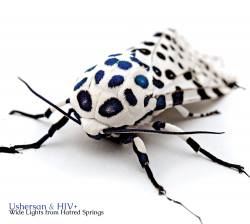
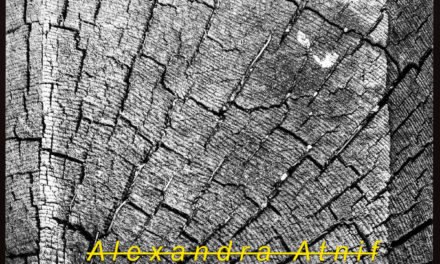
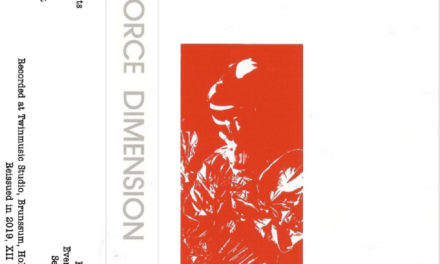
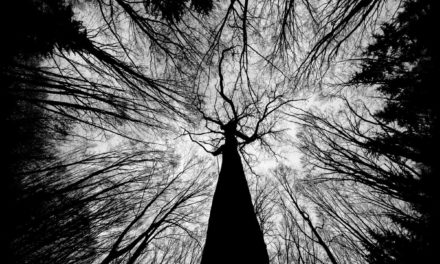
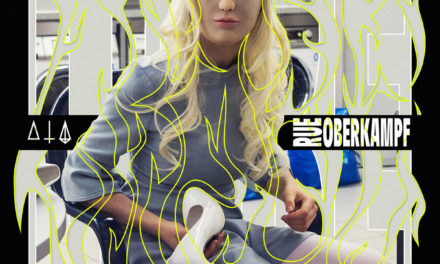
Trackbacks/Pingbacks